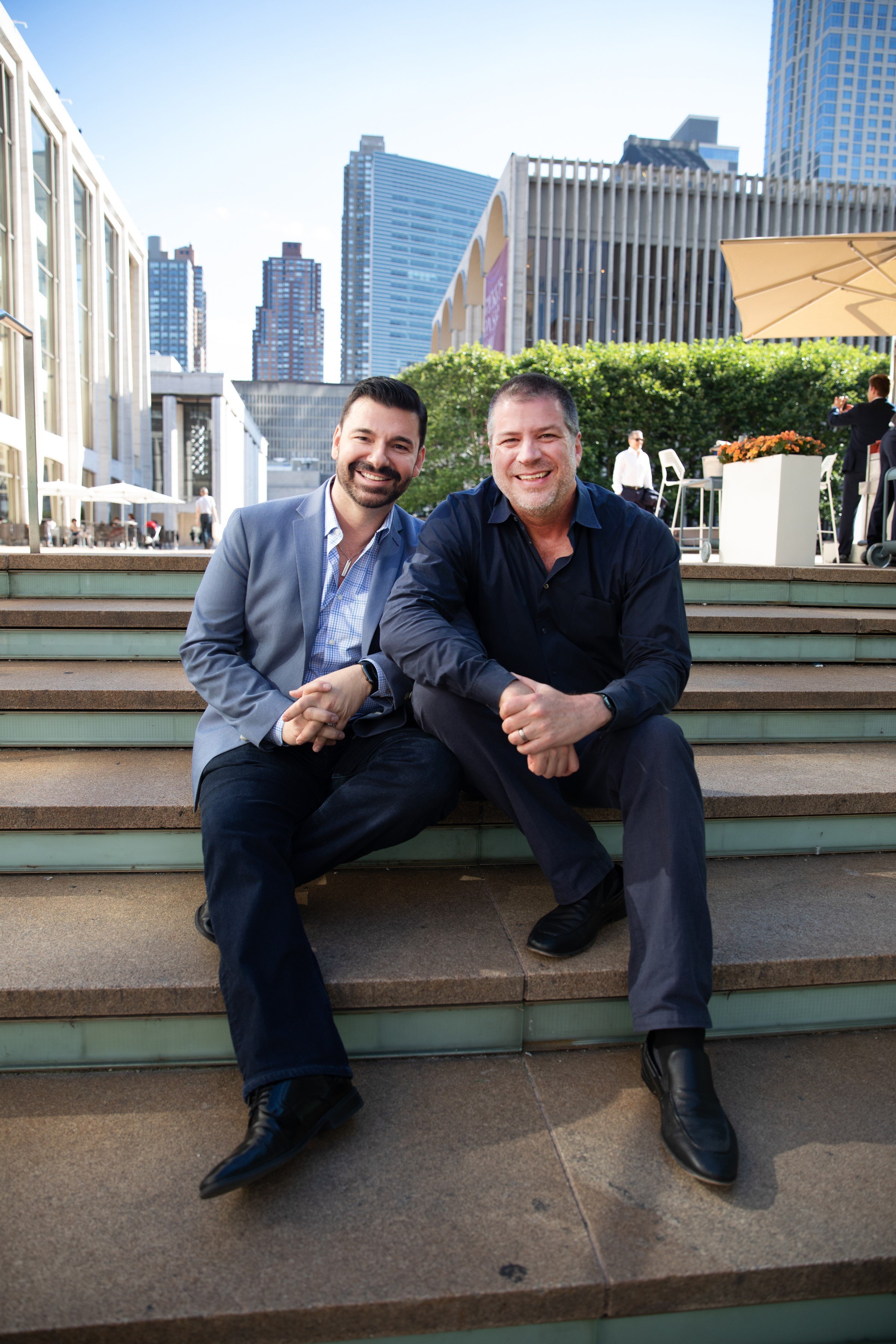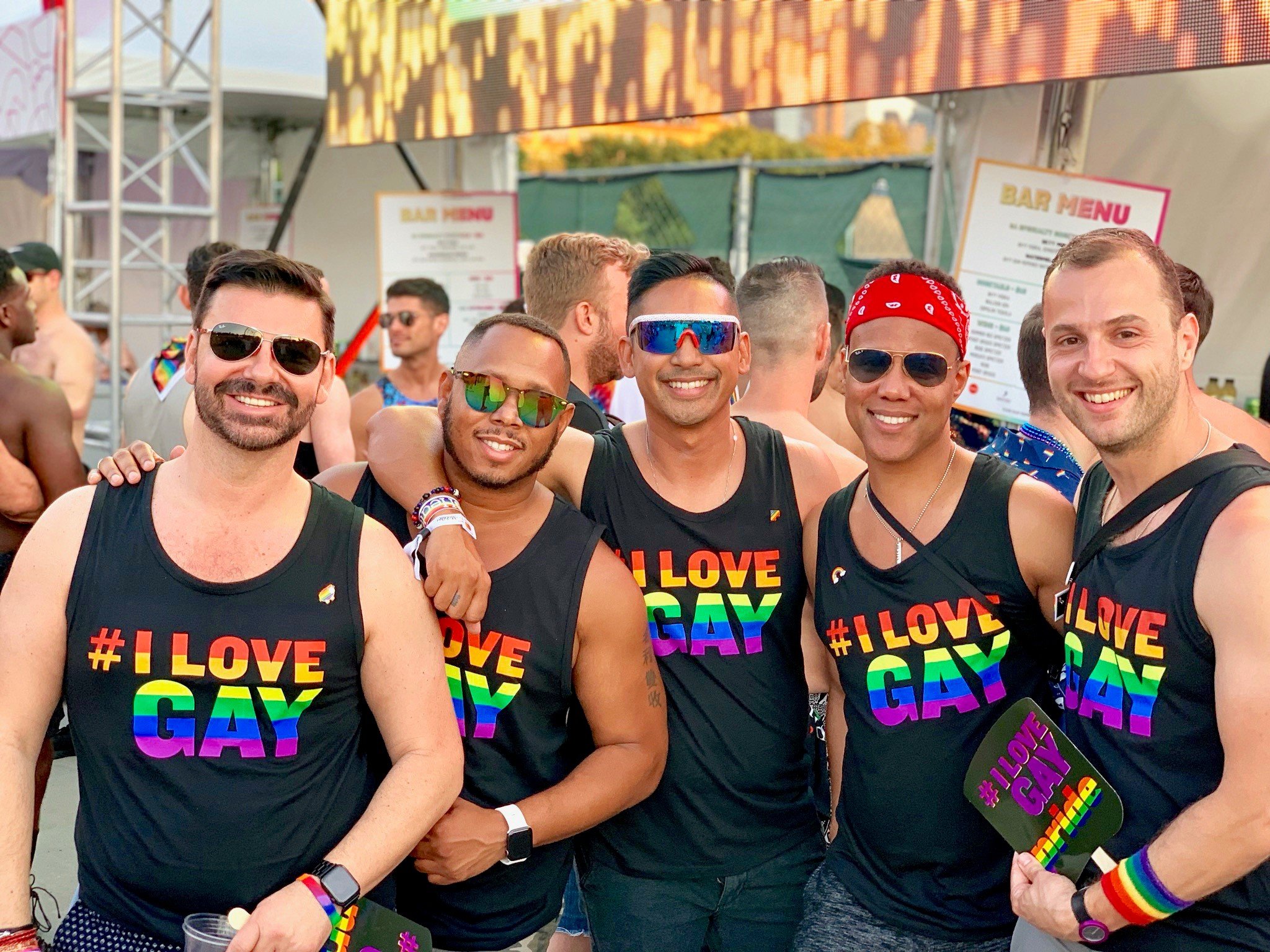How a Former Engineer Learned How to Reach LGBTQIA+ Communities Online Like Never Before
So many advertising agencies and marketing experts focus on reaching specific demographics, be it women, certain cultures or ethnicities. Others specialize in winning over high-net-worth individuals, while others zero in on Gen Zers. But not too many companies have mastered the art of catering to the LGBTQIA+ audience. Ignoring these communities can be a disastrous move for brands. A recent Gallup poll has found that 7.6% of American adults identify as other than heterosexual, a population that has more than doubled since 2012. Meanwhile, LGBT Capital estimates the spending power of this consumer base to be $4.7 trillion.
Matt Skallerud has been on the forefront of this long-overlooked opportunity, having innovated in the LGBTQIA+ digital landscape for more than 25 years. As the president and New York City lead for Pink Media, a content and social media marketing agency firm. He launched it with Fabrice Tasendo, the agency’s vice president who runs the Los Angeles office. The cofounders have worked together since the mid-1990s, when they started GayWired.com, inarguably a pioneer in the LGBTQ+ website category. By 2019, Pink Media evolved with a new layer of innovation: ILove.Gay, a 360-degree vision for authentically reaching the LGBTQIA+ community. The social-first engine is a growing powerhouse for amplifying non-binary voices via Instagram, Facebook, Linkedin, X, and more.
Here, Skallerud discusses his “blended” approach to reaching this key audience; how his team turned a hashtag into a global community; and how to use storytelling to connect with the LGBTQIA+ consumer beyond the typical rainbow-washed campaigns that run during Pride Month in June. The former engineer says ILove.Gay can serve as an archetype for helping brands connect with LGTBQ+ consumers meaningfully, authentically–and year round.
What inspired you to launch Pink Media? How is your approach to LGBTQIA+ innovative and unique?
It all started in 1995 when we created one of the first LGBTQ+ websites, GayWired.com, which grew into one of the largest LGBTQ+ websites worldwide. We sold it in 2006. Moving forward, my business partner and I decided to stay in the LGBTQ+ business world, but with more of a focus on helping companies reach their target LGBTQ+ demographic online. In this way, we were able to place advertising on most of the LGBTQ+ websites online at that time, and subsequently continued to evolve and grow with online technology, expanding into mobile apps, video and of course, social media.
How does your approach to online marketing keep you ahead of the curve?
What has allowed us to stand out and remain innovative has been our foundational understanding of all of the opportunities available to marketers today, starting with banner ads and email campaigns, and expanding into where we’re at today, where influencers, content creators and social media play a strong part in the ad buys we do in 2024. We’ve gone from advertising with ads to advertising with storytelling and creating a brand narrative … kind of a blend of PR, advertising and marketing all rolled up into one discipline.
How did ilove.gay form from this venture?
With our focus in online marketing, we spent a lot of time learning and testing out how to best promote our clients via social media. Along the way, we saw how the power of social media engagement and two-way relationships online could be brought together to form a new type of hybrid media company that was one part influencer and one part traditional media company. And from that, ILove.Gay was born. We saw the power of reaching consumers moving from websites into social media, and as social media continued to evolve, we created a network of social media profiles dedicated to specific niche LGBTQ+ communities, such as @ILoveGaySports, @ILoveGayTheatre, @ILoveGayLA, etc. Today, this network has grown to over 1.5 million followers and is growing fast. It’s a great way to reach a targeted audience more “organically” with content, rather than having to just pay for advertising.
It has been four years since launch. How has ILove.Gay grown and changed?
Our #ILoveGay network, with ILove.Gay as the cornerstone and hub of this network online, has continued to evolve as a way for our viewers online to learn more about us, our team and our advertising and marketing opportunities we offer with Pink Media.
What was your career before starting this company?
I used to be a research engineer working in the field of lasers. I got bored in the lab and ventured out as a sales engineer, working with companies to find the best laser solutions for their needs. That skill set of feeling comfortable with technology and then going out and explaining it in laymen’s terms to fellow engineers allowed me to harness these skills into creating an online company at a time when the Internet was just starting out. We didn’t just create an LGBTQ+ website, GayWired.com … we were able to go out from behind the computer and talk to folks about this new-found power of the Internet and how it could help them reach LGBTQ+ folks like never before.
What have been your favorite clients or projects since launching ilove.gay?
We’ve had such a wonderful array of clients over the past few years, ranging from health companies working with us to reach a targeted LGBTQ+ audience, usually within a specific geographic area, to educate this audience about HIV and STD prevention. Similar in scope, we’ve worked with Miami, the United Kingdom and Palm Springs, California in helping get their message about LGBTQ+ travel to their respective destinations.
Tell us about creating and designing the website. What was important to you?
We’ve known about the potential of .gay for many years, as there were competing factions seeking to bring .gay to market. When it was finally available, it was important for us to be one of the first companies signing on to show our support. As we’ve come to learn over the years, visibility matters, and having a domain such as .gay truly helps in keeping that visibility at the forefront in the marketplace. Having a .gay URL domain not only means more visibility, but is a clear statement of who we are and what we represent.
How do some brands get it wrong when it comes to reaching the LGBTQIA+ audience?
We’re finding over the past year or so that if they are not truly committed to being a partner with the LGBTQ+ community, it can work against them over the slightest pushback in today’s polarized political environment. Companies such as Bud Light and Target found that out the hard way, while other companies that had truly embraced diversity & inclusion in all of its forms, both internally and externally as reflected in their marketing outreach, have continued to thrive while maintaining their loyal LGBTQ+ consumer audience.
We of course see an uptick in LGBTQIA+ marketing campaigns during Pride Month. How can companies authentically and meaningfully support Pride Month?
It’s important for companies to show they are speaking to, and with, the LGBTQ+ community year-round. This can include being present at LGBTQ+ consumer and business events, as well as internally with the support of their own company’s LGBTQ+ employee resource group, just to name a few examples of support.
What is the future of ilove.gay? What is your vision for 2024 and beyond?
To continue to grow online, while working with more and more companies that understand the power of storytelling mixed with advertising, which should remain the dominant form of marketing outreach for years to come.





